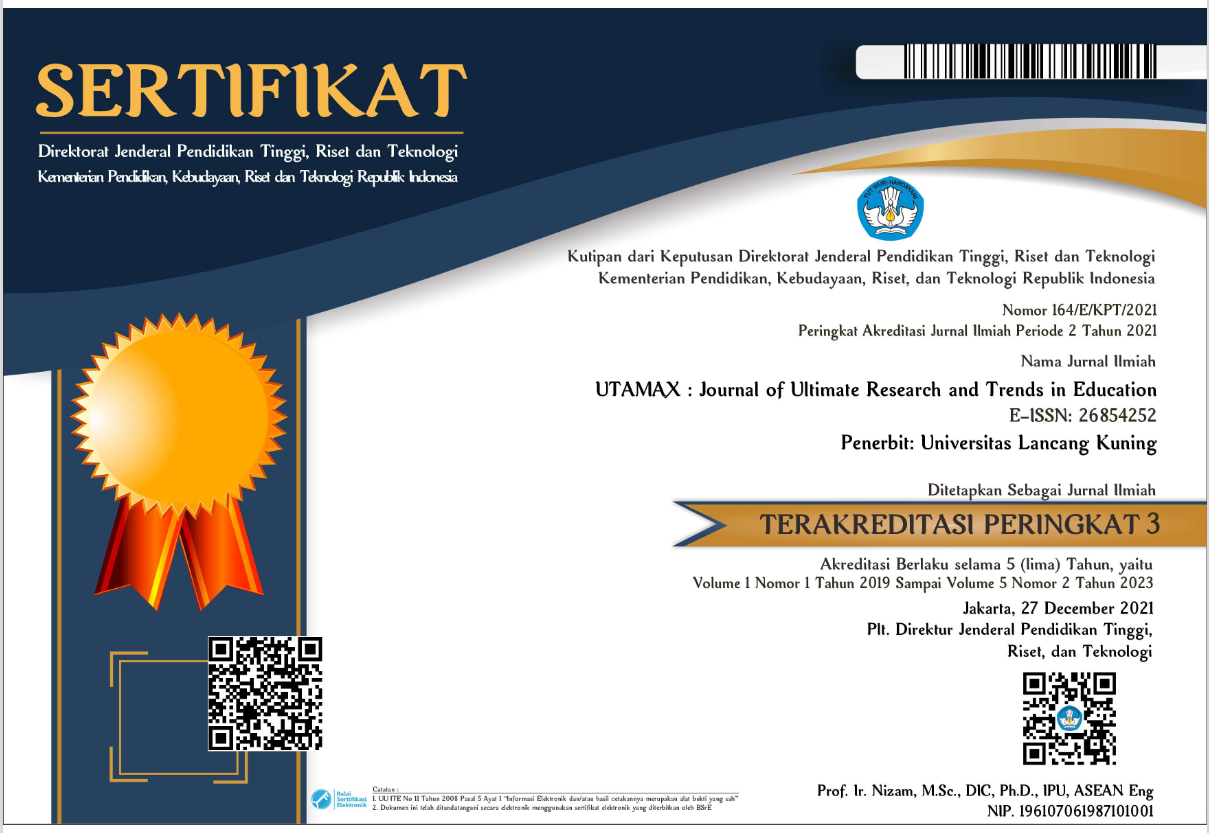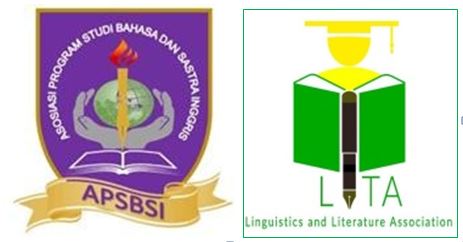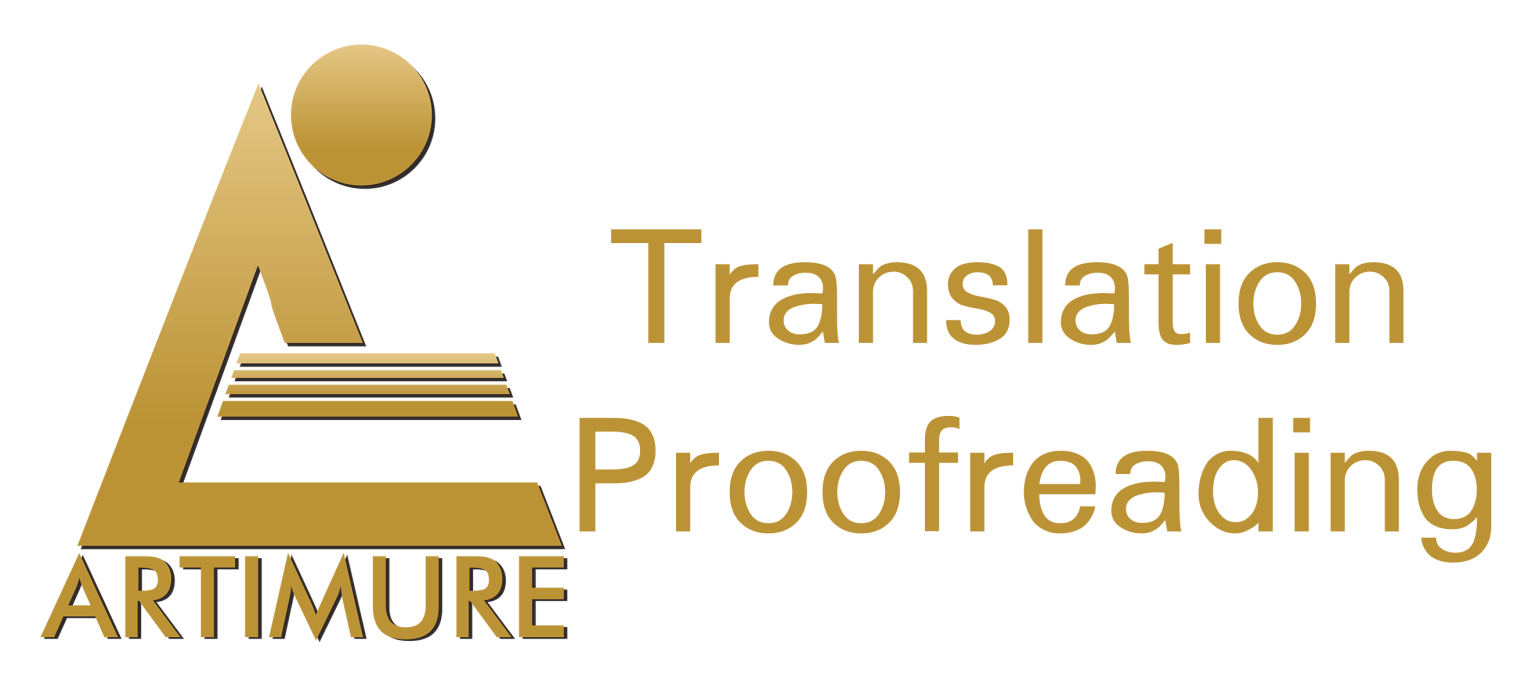YouTube as a Media in English Language Teaching (ELT) Context: Teaching Procedure Text
Abstract
Media is the one of tools that can help teacher in teaching and learning process in a class, especially in EFL classrooms. There are two kinds of media, such as visual and audio.In this article, the writer wants to use video as media in teaching-learning process, especially videos in YouTube. YouTube isn’t only have about fun videos, in YouTube can also use as learning media, in there we also can find so many education videos in every level, start from beginner, intermediate, and also for advanced level. In line with that, the writer wants to give video about how to make or do something or the other word we can say it “procedure”. The learning outcome is to make the students know about procedure text, especially in how to make and how to identify. Then, this article also wants to know YouTube is useful or not as learning media if we make it to support us in teaching and learning process.
Downloads
References
Albantani, A. M., & Madkur, A. (2017). " Musyahadat Al Fidyu": YouTube-Based Teaching and Learning of Arabic as Foreign Language (AFL). Dinamika Ilmu, 17(2), 291-308.
Almurashi, W. A. (2016). The effective use of YouTube videos for teaching the English language in classrooms as supplementary material at Taibah University in Alula. International Journal of English Language and Linguistics Research, 4(3), 32-47.
Alwehaibi, H. O. (2015). The Impact of Using YouTube in EFL Classroom on Enhancing EFL Students' Content Learning. Journal of College Teaching & Learning, 12(2), 121-126.
Ary, D., Jacobs, L. C., Irvine, C. K. S., & Walker, D. (2018). Introduction to research in education. Cengage Learning.
Bärtl, M. (2018). YouTube channels, uploads and views: A statistical analysis of the past 10 years. Convergence, 24(1), 16-32.
Burgess, J., & Green, J. (2018). YouTube: Online video and participatory culture. John Wiley & Sons.
Hamuddin, B. (2016). Using blog to Promote English Skills for EFL Students: The Students’ Perception. ELT-Lectura, 3(2). 22-27
Heriyanto, D. (2018). The Effectiveness of Using YouTube for Vocabulary Mastery. ETERNAL: English Teaching Journal, 6(1). 1-12
Herlinawati, H. (2014). Feedback in English Writing for Indonesian EFL Students. ELT-Lectura, 1(1). 1-5
Herron, C. (1994). An investigation of the effectiveness of using an advance organizer to introduce video in the foreign language classroom. The Modern Language Journal, 78(2), 190-198.
Iwasaki, I. (2009). Edutainment for the EFL classroom: Exploring effective use of audiovisuals. Hannan Ronshu, 44(1), 1-18
Jones, D., Bonwell, C., & Fleming, N. (2001). vark: A guide to learning styles.
Lake, R. (2002). Enhancing acquisition through music. The Journal of the Imagination in Language Learning, Journal of the Imagination in Language Learning and Teaching;, 7(1) 98-108
Lusandi, B. (2018, May). Developing Maritime Thematic Expressions on English Reading Materials Used In Indonesia: Junior High School Context. In IOP Conference Series: Earth and Environmental Science (Vol. 156, No. 1, p. 012065). IOP Publishing.
Marwa, M., & Herdi, H. (2017). Do Native Speakers in Youtube Videos Benefit EFL Students’ Phonological Appropriation?. Lectura: Jurnal Pendidikan, 8(2). 159-164
Metekohy, M. (2010). YouTube statistics. Viral blog, Retrieved from: https://www.viralblog.com/research-cases/youtube-statistics/. 17 May.
Moghavvemi, S., Sulaiman, A., Jaafar, N. I., & Kasem, N. (2018). Social media as a complementary learning tool for teaching and learning: The case of Youtube. The International Journal of Management Education, 16(1), 37-42.
Riswandi, D. (2016). Use of YouTube-based videos to improve students’ speaking skill. In Proceeding of the International Conference on Teacher Training and Education (Vol. 2, No. 1, pp. 298-306).
Shrosbree, M. (2008). Digital video in the language classroom. The JALT Call Journal, 4(1), 75-84.
Smith, D. K. (2014). iTube, YouTube, WeTube: Social media videos in chemistry education and outreach. Journal of Chemical Education, 91(10), 1594-1599.
Watkins, J., & Wilkins, M. (2011). Using YouTube in the EFL classroom. Language Education in Asia, 2(1), 113-119.
Wekke, I. S., Yandra, A., & Hamuddin, B. (2017, December). Learning Strategy in Class Management: A Reflection from Manado Case. In IOP Conference Series: Earth and Environmental Science (Vol. 97, No. 1, p. 012053). IOP Publishing.
Wright, D. G., & Abell, C. H. (2011). Using YouTube to bridge the gap between baby boomers and millennials. Journal of Nursing Education, 50(5), 299-300.
Yasin, A., & Syarif, H. (2014). Improving students’writing skill by using graphic organizer at the second year students English education department faculty of education and teachers training Lancang Kuning University Pekanbaru. English Language Teaching (ELT), 2(2). 43-58








